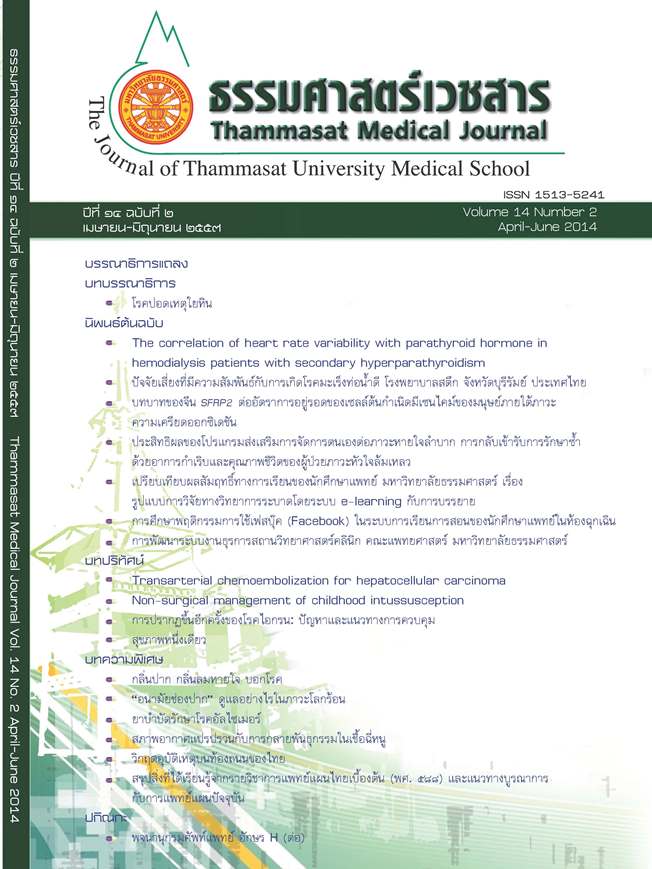The role of SFRP2 in the survivability of human mesenchymal stem cell under oxidative stress condition
Keywords:
Human mesenchymal stem cell, Survivability, Oxidative stressAbstract
Introduction: Human multipotent mesenchymal stem cells (hMSCs) have been successfully isolated from severalhuman tissues and can be expanded ex vivo for clinical uses. However, the success of most hMSCtransplantation is limited due to poor cell survival and insufficient level of engraftment in the host tissues.In this study, we would like to augment the survivability of hMSCs under oxidative stress conditionwhich are frequently presented in the host tissues by overexpressing secreted frizzled-related protein 2 (SFRP2)gene.
Methods: SFRP2/pLenti6/UbC/V5-DEST vector for overexpressing SFRP2 gene was constructed transduced into bonemarrow-derived hMSCs using lentiviral transduction system. The SFRP2-overexpressing BM-hMSCs (named SFRP2-BM-hMSCs) were cultured and treated with 0.75 mM H2O2 for 5 hours to simulate the oxidative stresscondition in vitro. After incubation with H2O2, the percentages of survival cells were determined by flowcytometry and the results were compared with those of non-transduced BM-hMSCs cultured under thesame condition.
Results: The percentages of survival SFRP2-BM-hMSCs in 0 mM and 0.75 mM H2O2 were significantly higherthan those of non-transduced BM-hMSCs (92.04 ± 0.79% vs. 88.48 ± 0.61%, p ≤ 0.05 and92.33 ± 0.28% vs. 81.83 ± 5.81%, p ≤ 0.05, respectively). Moreover, the overexpression of SFRP2 genedid not affect the characteristics of BM-hMSCs, in term of their morphology, surface marker expression,and differentiation potential.
Discussion and conclusion: The over-expression of SFRP2 gene could augment the survivability of BM-hMSCs under oxidative stress condition without altering their MSC characteristics and might have a potential to be used in the futureclinical applications.
Key words: Human mesenchymal stem cell, Survivability, Oxidative stress


